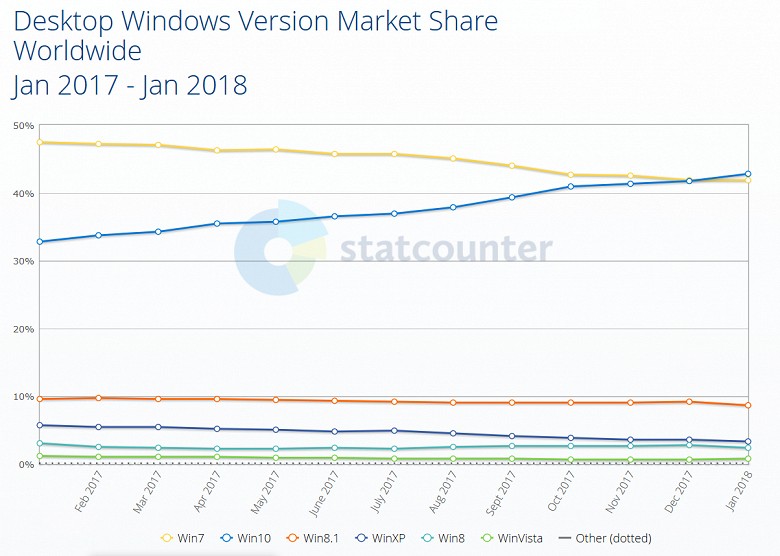

While at this point most versions of popular, off-the-shelf software have been proven safe to use with Windows 10, internally developed software and web applications may be incompatible with parts or all of Windows 10 clients. How to manage the update cycle, including automated management tools to create update rings, controlling membership of machines in those rings, and how to defer feature upgrades so you don’t get caught on the bleeding edge of updates and instead maintain a prudent, supported update cadence.Understanding which Windows 10 train to sign up for and board is more than half the battle. Windows servicing these days is unlike Windows servicing has ever been, with Patch Tuesdays, patch rollups, security-only rollups, quality-only rollups, security plus quality rollups, semi-annual channels, long-term servicing channels, and more. Let’s start with a list of things to consider: I want to help shine light on the considerations and actions you need to take in order to make your migration successful.

Of course, moving any large quantity of users from one operating system to another, especially one with as many differences, shiny new objects and moved cheese as Windows 10, is no small feat. NOTE: If you absolutely have to stay on Windows 7 for any meaningful length of time after the end of support, then you should seriously consider subscribing to extended support for Windows 7, which is available to companies of all sizes and offers security updates through January 2023 - for a fee, of course. And while small businesses might be able to buy everyone MacBooks or move to Linux, large companies with lots of software investments in the Microsoft stack will continue running Windows, thus leaving Windows 10 as the only option.

The smart money is on moving to Windows 10, buying everyone expensive Macs, or (gasp!) deploying Linux on the desktop.

Except in some edge cases, it makes little sense to spend the time and money to migrate from Windows 7 to Windows 8.1, since that only buys you a couple more years of supportability. While it may feel like you just finished the heavy lifting of migrating your Windows XP machines to Windows 7, it turns out that Windows 7 is now more than ten years old, at least two and a half versions behind Windows 10 (depending on whether you consider Windows 8.1 to be a version of Windows all its own), and quickly approaching end of Microsoft support in January 2020.Īll of this is to say that you need a plan. All good things must come to an end, and the reign of Windows 7 as an actively supported, good-enough operating system is no exception.


 0 kommentar(er)
0 kommentar(er)
